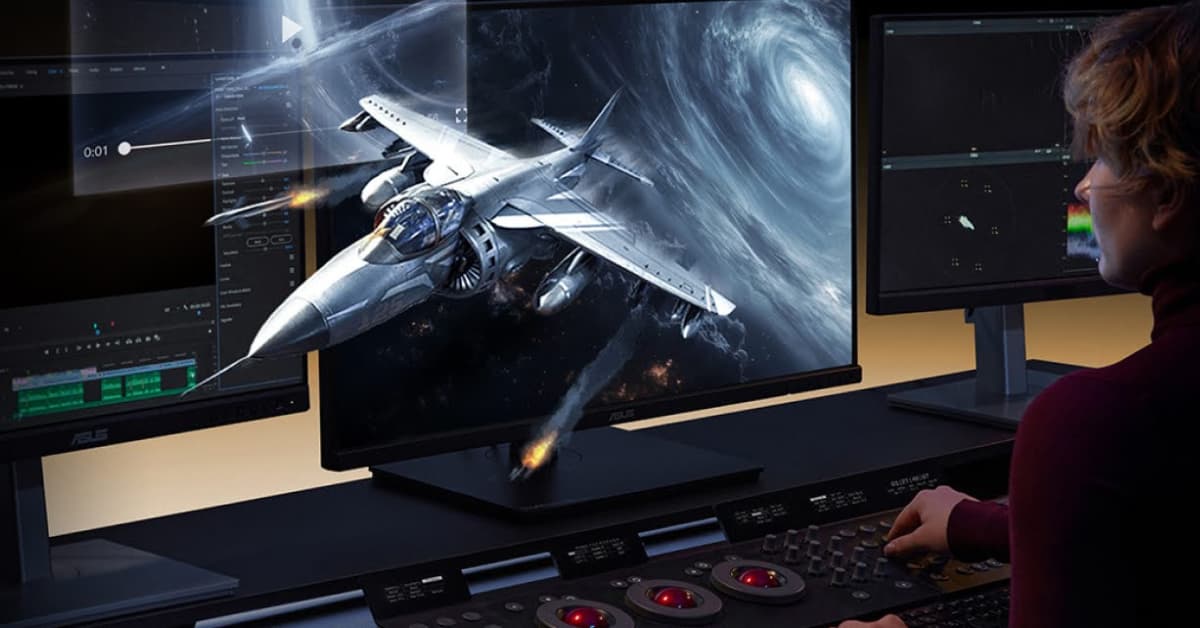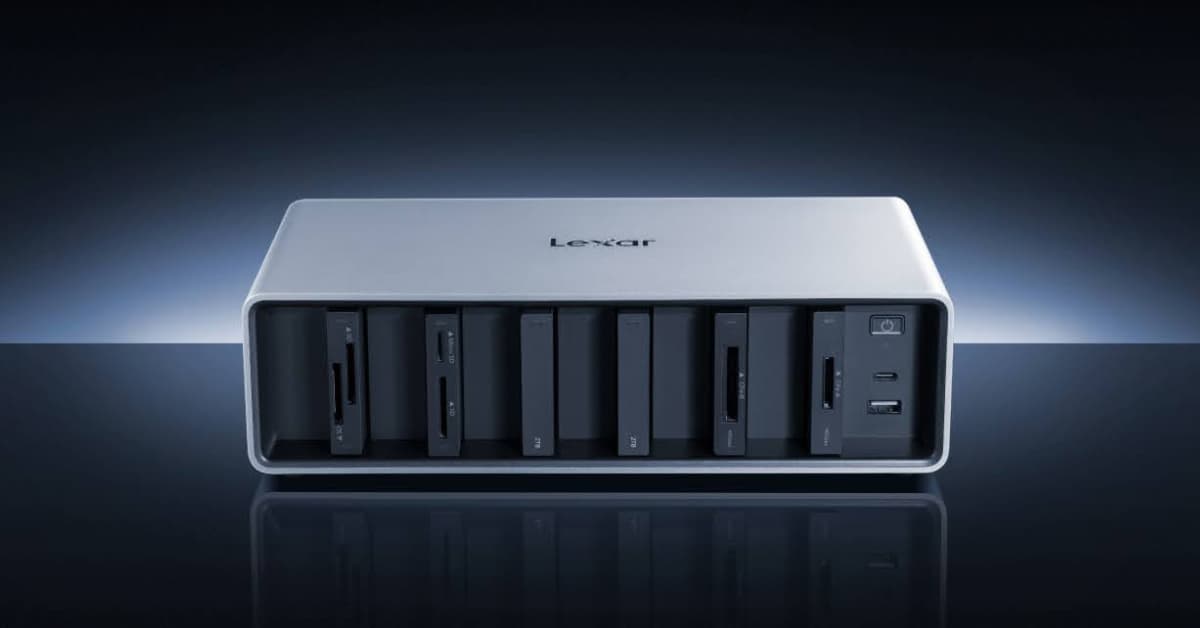
Choosing the right SD card can significantly impact your photography and videography experience. If you’re weighing your options between V30 vs V60 SD cards, you’re on the right track to optimizing your gear. Let’s dive into the key differences and help you decide which one best suits your needs.
Understanding V30 and V60 SD Card Ratings
Before we compare V30 vs V60 SD cards, it’s essential to understand what these ratings mean:
- V30: Guarantees a minimum write speed of 30MB/s
- V60: Guarantees a minimum write speed of 60MB/s
These ratings are part of the Video Speed Class system, designed to help users choose appropriate cards for video recording. But the implications go beyond just video work.
Speed Comparison: V30 vs V60 SD Card
The most obvious difference between V30 and V60 SD cards lies in their guaranteed minimum write speeds.
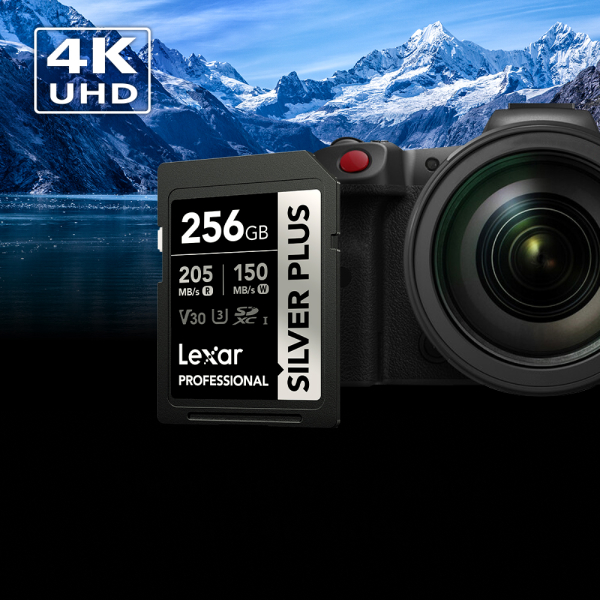
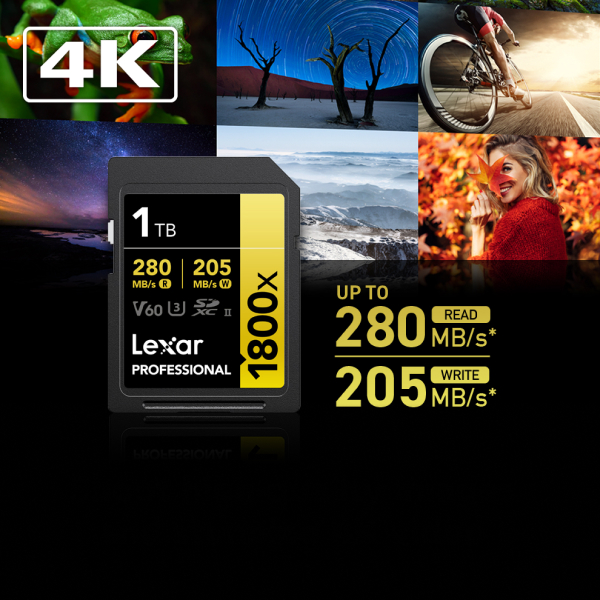
V30 SD Card Speed
With a minimum write speed of 30MB/s, V30 cards are suitable for:
- Full HD video recording
- 4K video at lower frame rates
- Burst mode photography for many camera models
Our Professional SILVER PLUS SDXC™ UHS-I Card offers V30 performance, providing reliable speed for a wide range of applications.
V60 SD Card Speed
V60 cards, with their 60MB/s minimum write speed, are capable of handling:
- 4K video at higher frame rates
- 8K video at standard frame rates
- High-speed burst photography
Our Professional 1800x SDXC™ UHS-II Card GOLD Series delivers V60 performance, catering to more demanding photography and videography needs.
Real-World Implications
The speed difference between V30 and V60 cards can significantly impact your workflow:
- Buffer Clearing: V60 cards can clear your camera’s buffer faster, allowing for longer burst sequences.
- Video Recording: V60 cards are less likely to drop frames during high-bitrate video recording.
- File Transfer: While not directly related to the V-rating, V60 cards often have faster read speeds, facilitating quicker file transfers to your computer.
Capacity Considerations: V30 vs V60

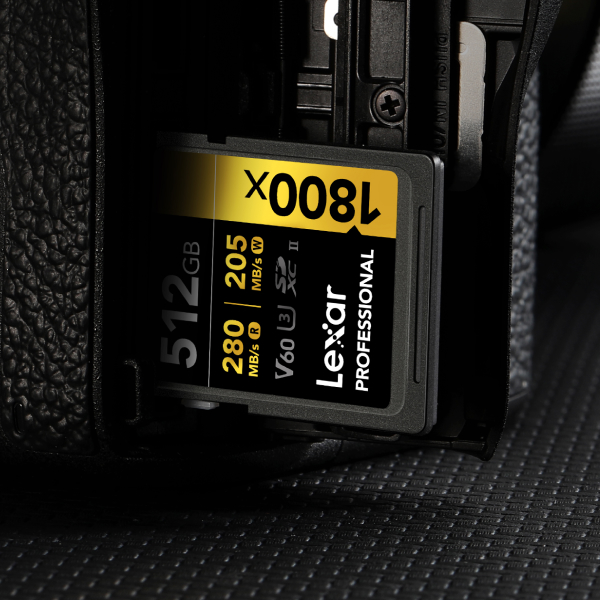
Both V30 and V60 SD cards come in a range of capacities:
V30 SD Card Capacity
V30 cards are widely available in capacities from 32GB to 512GB. Our Professional SILVER PLUS SDXC™ UHS-I Card offers capacities of up to 256GB, providing ample storage for extended shoots.
V60 SD Cards Capacity
V60 cards typically range from 64GB to 256GB, with some models reaching 1TB. Our Professional 1800x SDXC™ UHS-II Card GOLD Series is available in capacities up to 1TB, balancing high performance with substantial storage.
Use Cases: When to Choose V30 vs V60 SD Cards
Understanding the ideal use cases for V30 and V60 cards can help you make the right choice for your needs.
V30 SD Cards: Ideal Use Cases
- Hobbyist Photography: For casual photographers using entry-level to mid-range DSLRs or mirrorless cameras, V30 cards often provide sufficient speed.
- Full HD Video Recording: V30 cards handle Full HD video recording with ease, even at higher frame rates.
- 4K Video at Standard Frame Rates: For 4K video at 30fps or lower, V30 cards are typically adequate.
- Travel Photography: The wider availability and lower cost of V30 cards make them a good choice for travel where you might need multiple cards.
V60 SD Cards: Ideal Use Cases
- Professional Photography: For photographers using high-end cameras with fast burst rates, V60 cards offer better performance.
- 4K Video at High Frame Rates: When shooting 4K video at 60fps or higher, V60 cards ensure smooth recording without dropped frames.
- 8K Video Recording: For the latest cameras capable of 8K video, V60 cards provide the necessary write speeds.
- High-Speed Action Photography: Sports and wildlife photographers can benefit from the faster buffer clearing of V60 cards.
Performance in Specific Scenarios: V30 vs V60
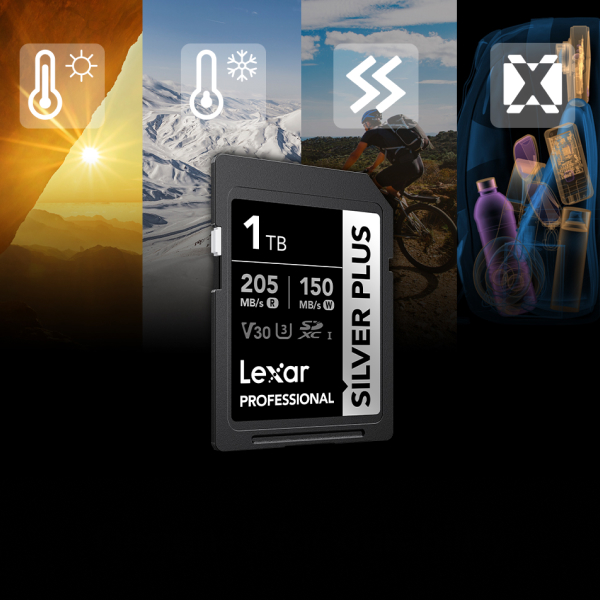

Let’s break down how V30 and V60 cards perform in various photography and videography scenarios:
Landscape Photography
For most landscape photography, V30 cards are sufficient. The typically slower pace and lower burst rates in landscape photography mean the extra speed of V60 cards is often unnecessary. However, if you’re doing time-lapse work or shooting high-resolution panoramas, the faster write speeds of V60 cards can be beneficial.
Street Photography
Street photographers working with mid-range cameras will find V30 cards adequate for their needs. However, if you’re using a high-end camera with a fast burst rate to capture fleeting moments, a V60 card might be a better choice.
Wedding Photography and Videography
Wedding photographers and videographers often benefit from the extra speed of V60 cards, especially when shooting in burst mode or recording 4K video. The higher write speeds can provide peace of mind during critical moments that can’t be reshot.
Vlogging and Content Creation
For vloggers and content creators shooting in 1080p or 4K30, V30 cards are usually sufficient. However, if you’re creating high-frame-rate 4K content or using cameras with high bitrates, V60 cards offer better performance and reliability.
Wildlife and Sports Photography
Wildlife and sports photographers who rely heavily on burst mode will see benefits from V60 cards. The faster buffer clearing can mean the difference between capturing or missing a crucial moment.
Cost Considerations: V30 vs V60
When comparing V30 vs V60 SD cards, cost is an important factor to consider:
V30 SD Cards
V30 cards offer a great balance of performance and affordability. They provide speeds sufficient for many photography and videography applications at a more accessible price point. Our Professional 633x SDXC UHS-I Cards, for example, offer reliable V30 performance at a competitive price.
V60 SD Cards
V60 cards typically come with a price premium due to their higher performance. While they offer faster speeds, this comes at a higher cost per gigabyte of storage. Our Professional 1667x SDXC UHS-II Cards provide excellent V60 performance for those who need the extra speed.
Value Considerations
When deciding between V30 and V60 cards, consider the following:
- Current Equipment: If your camera doesn’t support UHS-II speeds, you won’t see the full benefit of a V60 card.
- Future Upgrades: V60 cards might be a worthwhile investment if you’re planning to upgrade to higher-performance equipment soon.
- Usage Frequency: For professionals who use their equipment daily, the extra cost of V60 cards might be easily justified by improved workflow and reliability.
Making the Right Choice: V30 or V60?
Choosing between V30 and V60 SD cards depends on your specific needs, equipment, and budget. Here’s a quick guide to help you decide:

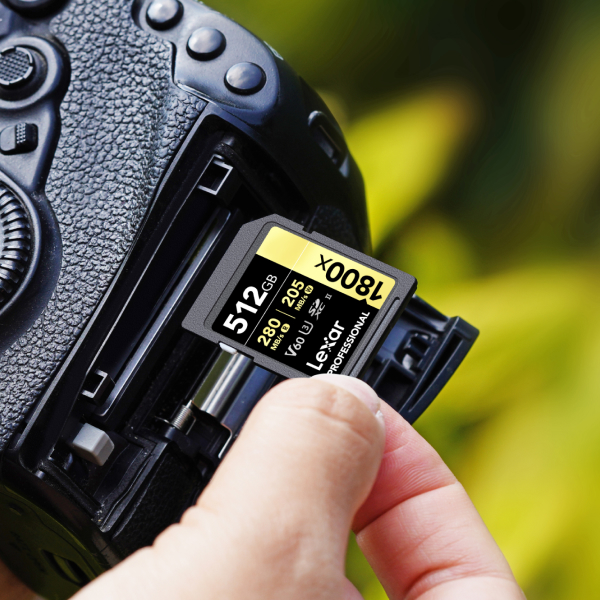
Choose V30 if:
- You’re a hobbyist or enthusiast photographer
- You mainly shoot JPEG or RAW with mid-range cameras
- You record Full HD or 4K30 video
- You’re looking for a cost-effective solution
Choose V60 if:
- You’re a professional photographer or videographer
- You frequently shoot in burst mode with high-end cameras
- You record 4K60 or 8K video
- You need the fastest possible buffer clearing and file transfer speeds
Conclusion: Balancing Performance and Value
In the V30 vs V60 SD card debate, there’s no one-size-fits-all answer. Your choice should align with your specific photography and videography needs, your current and future equipment, and your budget.
V30 SD cards, like the Lexar® Professional 1066x SDHC™/SDXC™ UHS-I Card SILVER Series, offer excellent performance that’s sufficient for many photography and videography applications. They handle Full HD video with ease, support burst shooting on many cameras, and offer great value for money.
V60 SD cards, such as the Lexar® Professional 1800x SDXC™ UHS-II Card GOLD Series, push the boundaries of SD card performance, offering higher write speeds. They’re ideal for 4K60 video, fast burst shooting, and professionals working with high-end equipment.
Remember, whichever class you choose, opt for cards from reputable manufacturers that offer reliability and support. Your SD card is a crucial tool in your creative process – choose wisely, and it will serve you well in capturing and preserving your vision.



